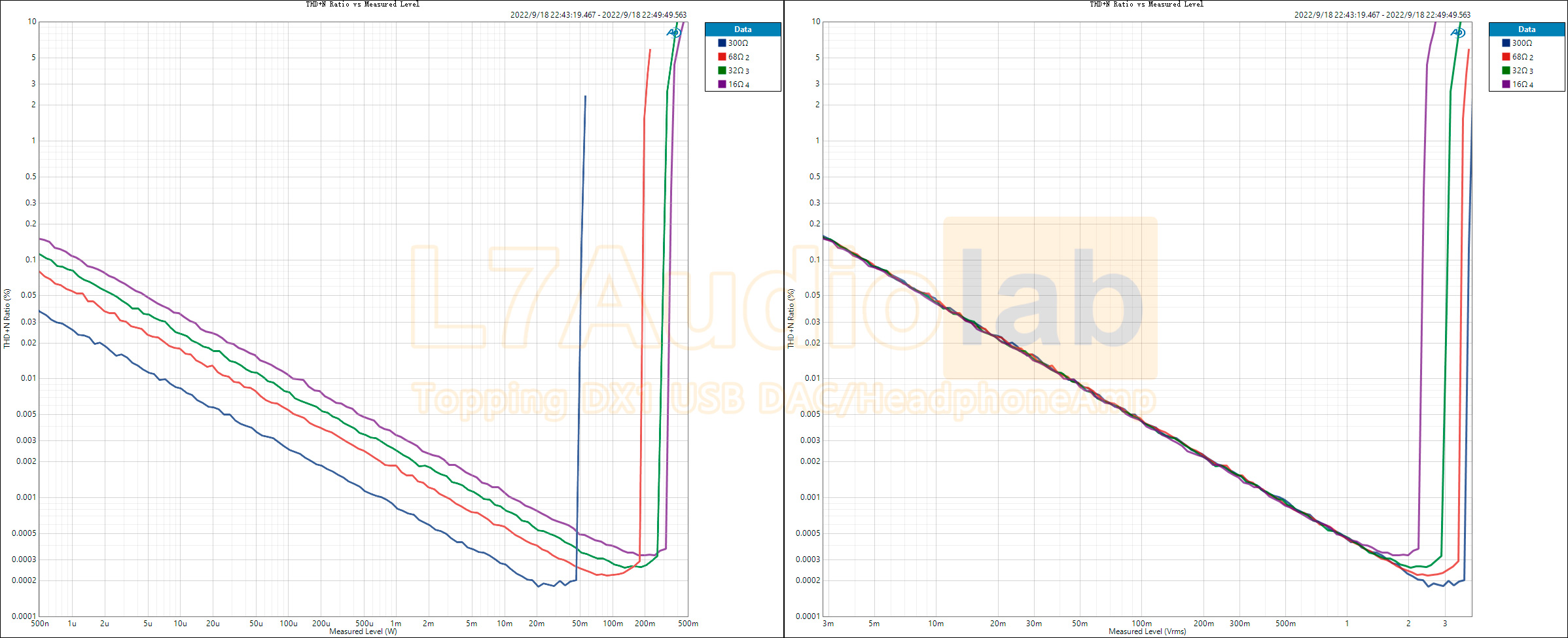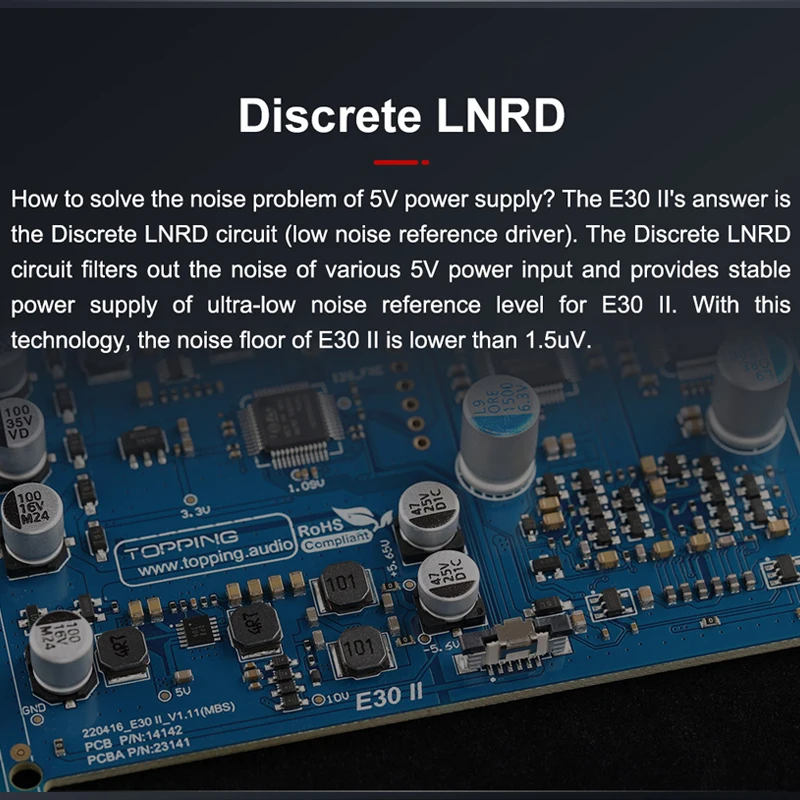So I just got the DX1, sounds great so far - love it.
Upon closer inspection of specs now, I see high gain HP output is rated for 11V peak to peak...
How is this possible? Even 5V both ways is 10V, so...

They don't mention that their LNRD boosts voltage.
They do say they don't use off the shelf USB power chips, which is great for this application.
From the E30 II:
"The Discrete LNRD circuit filters out the noise of various 5V power inputs and provides a stable power supply of ultra-low noise reference level."
So it seems to be a filter...
So, how is 11V possible? They've listed it as a spec, and I'm sure if I hooked up my scope (or even multimeter with a <2000Hz tone), I'd see 7.78 VAC RMS (11V p-p)

Upon closer inspection of specs now, I see high gain HP output is rated for 11V peak to peak...
How is this possible? Even 5V both ways is 10V, so...
They don't mention that their LNRD boosts voltage.
They do say they don't use off the shelf USB power chips, which is great for this application.
From the E30 II:
"The Discrete LNRD circuit filters out the noise of various 5V power inputs and provides a stable power supply of ultra-low noise reference level."
So it seems to be a filter...
So, how is 11V possible? They've listed it as a spec, and I'm sure if I hooked up my scope (or even multimeter with a <2000Hz tone), I'd see 7.78 VAC RMS (11V p-p)



